Diyarbakır, or ancient Amida, is a city with an extraordinary history that dates back thousands of years. Known for its impressive defensive walls and rich Kurdish culture. The city is surrounded by some of the most impressive and best-preserved defensive walls in the world, which date back to the Roman period and have been expanded over the centuries by various civilizations. These walls, together with the black basalt stones, give Diyarbakır its distinctive appearance and are a testament to its strategic importance in the history of the region.
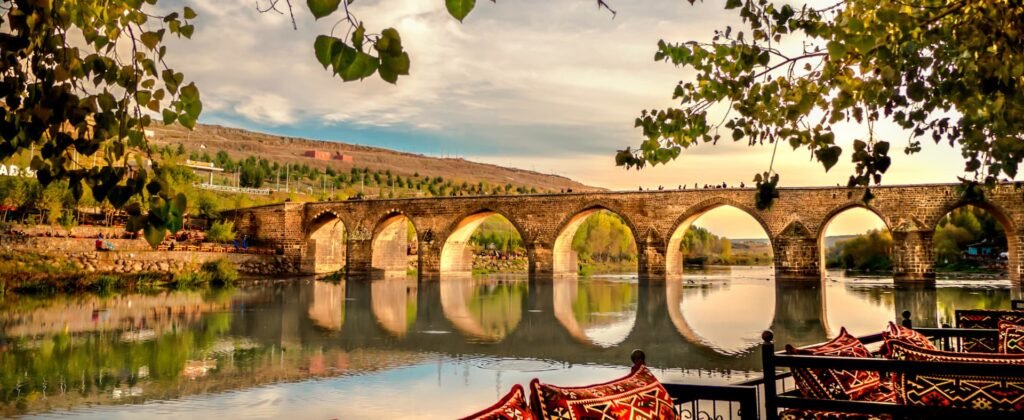
Diyarbakır is a city on the Tigris River in southeastern Turkey and the capital of the province of the same name. The name of the province, and today also its capital, means “houses of Bakr” in Arabic.
Sightseeing

DİCLE KÖPRÜSÜ

- Tigris Bridge (Dicle Köprüsü) – Diyarbakir The Tigris Bridge, called the Ten-Eyes Bridge, connects the two banks of the Tigris with blocks built on ten cut arches.
Diyarbakır Citadel

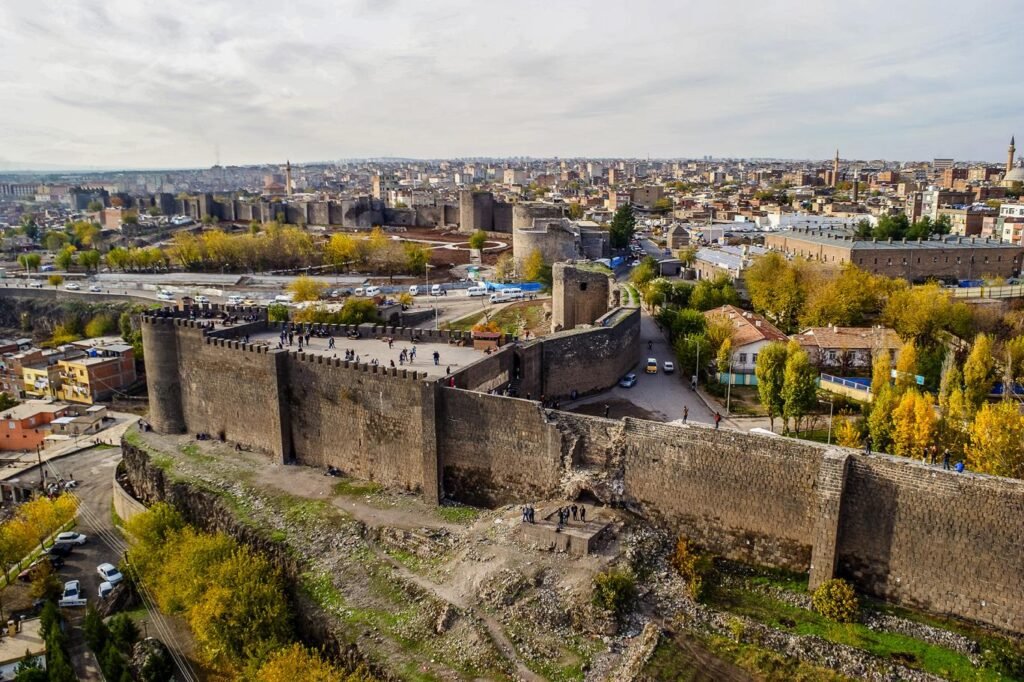
- Diyarbakır Citadel is a historical fortress in Diyarbakır. The citadel is surrounded by fully preserved Byzantine defensive walls made of black basalt, mostly built in 349 under Emperor Constantius II, renovated in the 11th century. The walls are 6 km long, have four main gates and are the largest and longest defensive walls, after the Great Wall of China. In 2015, the Diyarbakır Citadel and the cultural landscape of Hevsel Gardens were included on the UNESCO World Heritage List.
Diyarbakır Walls

- The construction date of Diyarbakir city walls located in the Tigris Valley, the walls surrounding the city follow the local topography. The city walls are as old as the city itself, and additions made in various periods have used different construction techniques. Researchers state that the city walls were once fortified with more than 75 towers, yet only six of these have survived. The walls had four main gates, oriented to four different directions. These gates include the Urfa Gate in the west, the Mardin Gate in the south, the New Gate in the east and the Harput Gate in the north.
Hazrat Suleiman Mosque

- Hazreti Süleyman Mosque is a mosque in Diyarbakır, Turkey. The mostly ashlar structure was built between 1155 and 1169 by Nisanoğlu Ebul Kasim. It contains the tombs of Süleyman, son of Khalid ibn al-Walid of the Bekir clan and his followers.
Behram Pasha Mosque
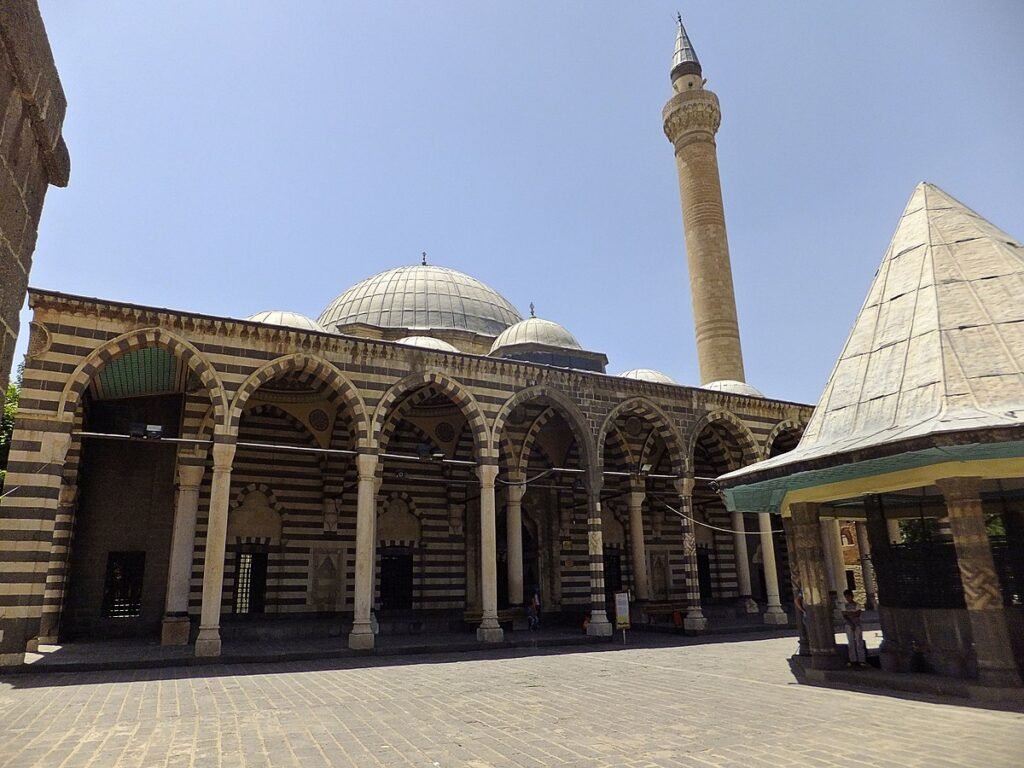
- The Behram Pasha Mosque is one of the most important monuments of Islamic architecture. Built in the 16th century on the orders of Behram Pasha, the then Ottoman governor of Diyarbakır, the mosque is an example of the classical Ottoman architectural style that harmoniously combines elements of local art with influences from Anatolia and the Middle East. Characteristic features of the mosque are its monumental proportions, elegant dome and high, slender minaret that dominates the surrounding buildings.
Gazi köşkü şark evi
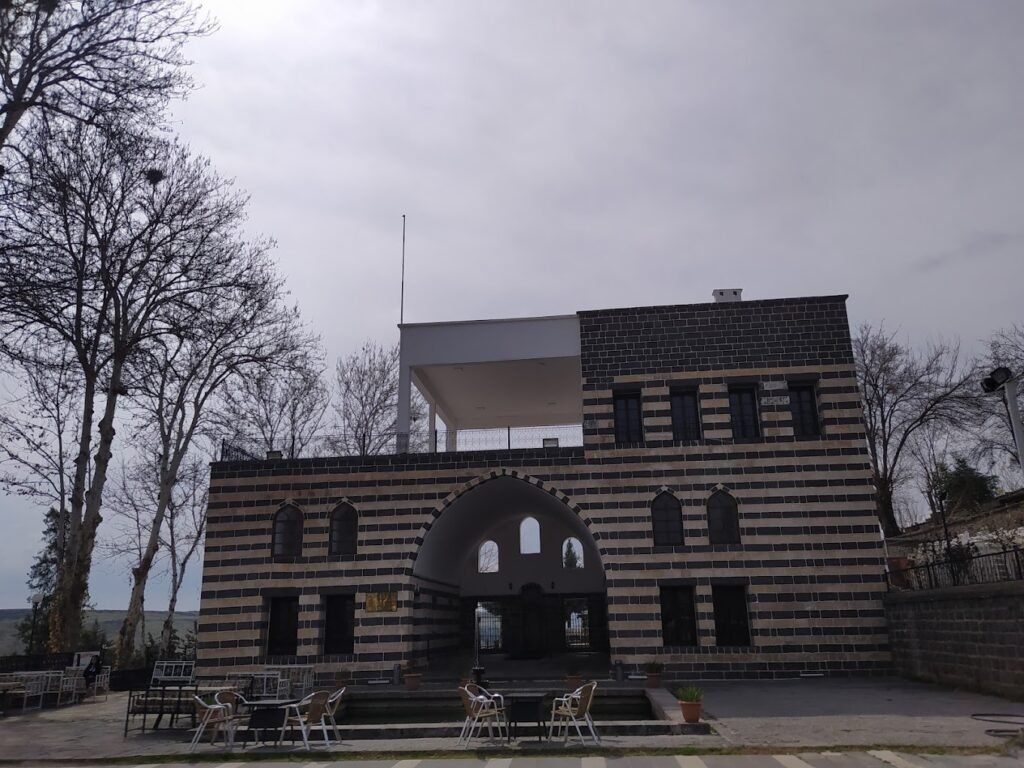
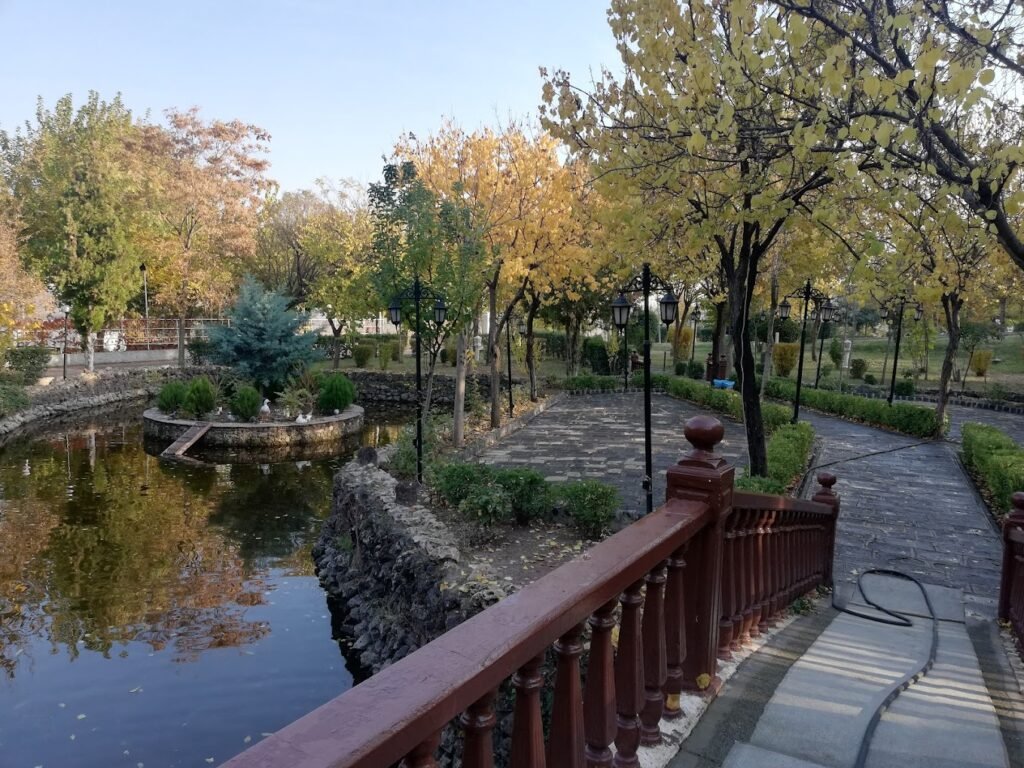
- Gazi köşkü , real name Samanoğlu Mansion, is a two-storey historical mansion located in Diyarbakır. The building, dating from the 15th century, is known as the Akkoyunlu work. The mansion, formerly known as Semanoğlu Mansion, was used as a headquarters by the 16th Corps Commander Mustafa Kemal Atatürk during World War I, and then was purchased by Diyarbakır Municipality and gifted to Atatürk, and from then on it began to be known as Atatürk Mansion.
Entertainment
Medland Luna Park

- When visiting the city of Diyarbakir, it is worth visiting the Medland Luna Park as it is a suitable place for adults and children and for the whole family of all ages as there are games for everyone. Many tourists come to this place to have a good time, there is only joy and fun here.

